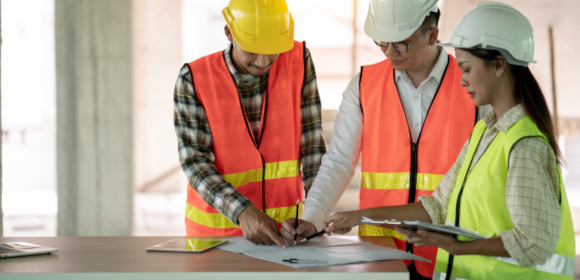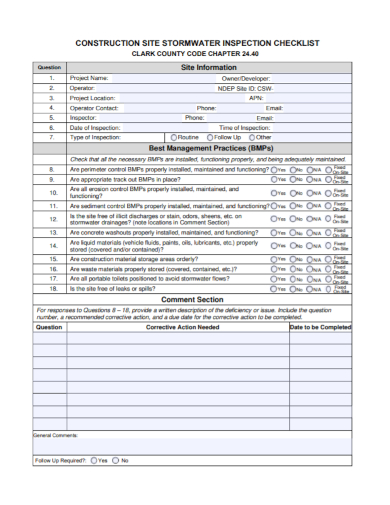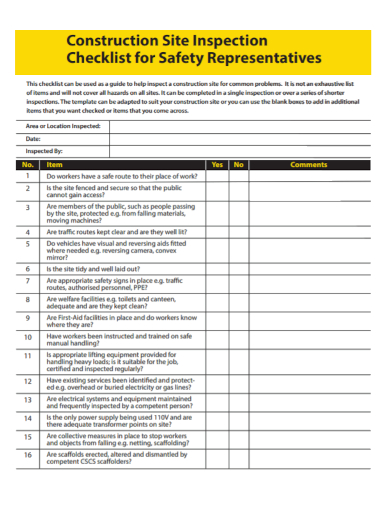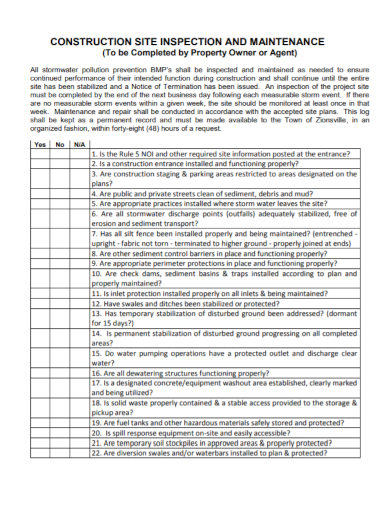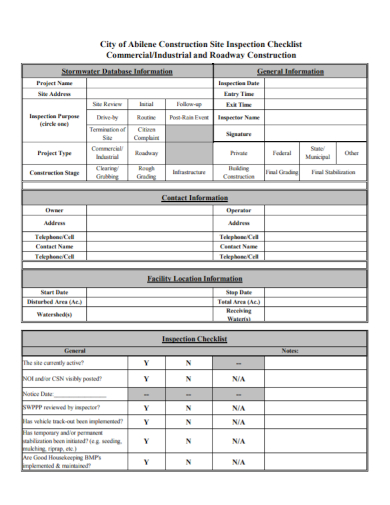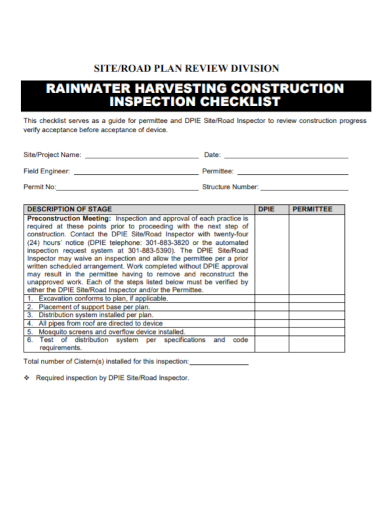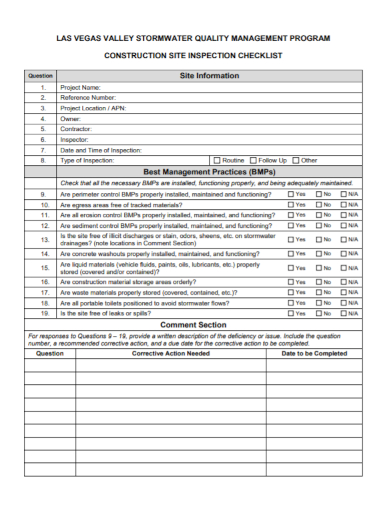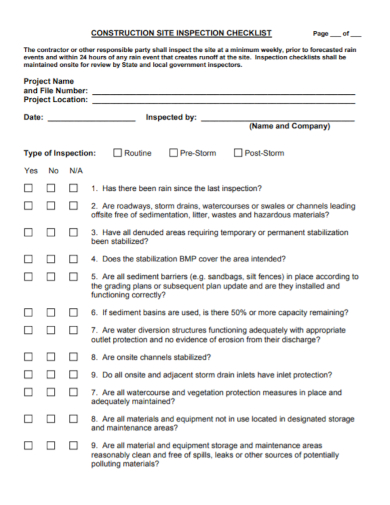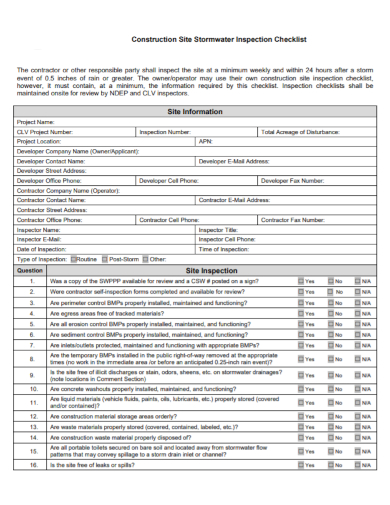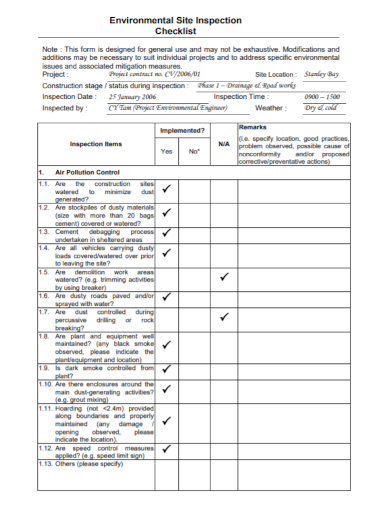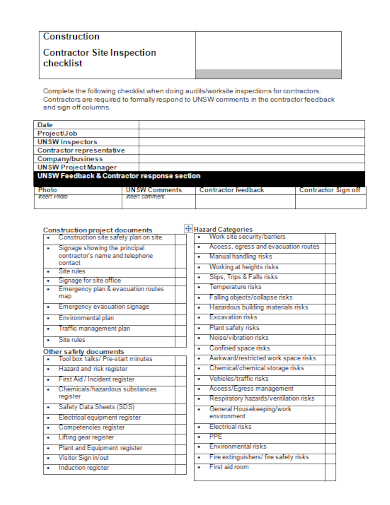Construction sites are dynamic workplaces that constantly expose the workers to a wide variety of workplace hazards. It is a high risk industry that encompasses a broad spectrum of activities including but not limited to repair, remodeling, and commercial construction. Construction workers constantly perform dangerous tasks such as dealing with electricity, heavy machinery, falling off scaffolding, and a lot more. That is why safety is always the most valued part of the job in the construction industry. One hast to be sure to be careful when operating on-site to not harm oneself or cause harm to others. Through proper implementation of safety training and work practices, compliance with sate and federal laws, and with a proper safety management plan, it could easily mitigate the potential safety hazards in a construction site. But most of the time, establishing all of these systems just don’t seem to be enough. It has to be regularly inspected to make sure that the application is effective and constant.
Construction safety plans are there to ensure that the construction site and the industry overall is kept safe and hazard free. Especially for those around the immediate vicinity of the worksite, where they are more susceptible to site related incidents due to a lack of system in place. But it’s the job of a construction site safety inspection to make sure that the systems put in place by the management plan is followed properly and efficiently. To know what a construction site inspection checklist is, check out these samples listed below. You can also use these samples as a guide or even as a template for your own inspection checklist.
10+ Construction Site Inspection Checklist Samples
1. Construction Site Stormwater Inspection Checklist
2. Construction Site Safety Inspection Checklist
3. Construction Site Inspection Maintenance Checklist
4. Industrial Construction Site Inspection Checklist
5. Construction Site Assessment Inspection Checklist
6. Rainwater Construction Site Inspection Checklist
7. Construction Management Site Inspection Checklist
8. Construction Company Site Inspection Checklist
9. Construction Site Project Inspection Checklist
10. Construction Environmental Site Inspection Checklist
11. Construction Contractor Site Inspection Checklist
What Is a Construction Site Inspection Checklist?
Inspection checklists are tools used by safety officers or safety supervisors to perform critical examinations and assessments in the worksite. It should cover every component in and around the worksite, to identify potential hazards that may cause injury and harm to the construction workers and people around the site. A checklist ensures that the inspection goes smoothly by establishing a guideline for each component that is to be inspected in the worksite. The checklist can help thoroughly assess the safety of the site and proactively address hazards that could lead to work related accidents. Safety inspectors should be able to examine all activities and variables that could pose all sorts of safety hazards. One last thing about a construction inspection checklist is that it should be specific depending on the nature of the work done on-site. It should be able to cater every need in the workplace and should cover every possible hazard.
What Should Be Included in a Construction Site Inspection Checklist
Safety inspection checklists should be tailored to the given environment and nature of the site. Although most construction sites have essentially the same components overall, there might be cases where workers use more specific components that could pose a different kind of safety hazard, so that should always be kept in mind. Listed below are some of the basic components that every construction site inspection checklist should cover.
- Crane safety
- Electrical safety
- Elevated surfaces
- Eye and face protection
- For welding, cutting, grinding, nailing, handling of chemicals and small particles.
- Respiratory protection
- Floor and wall openings
- Foot protection
- Forklifts and other heavy machinery
- Hand protection
- Head protection
- Team members should routinely check if headgear protection has dents or cracks, or any damage at all.
- Hazard communication
- Scaffolding
FAQs
What happens during a site inspection?
Site inspections look at paints and coatings, sampling of soils, concrete and asphalt etc.
How important is safety?
A safety worksite not only protects employees and workers from illness and injury, it also greatly mitigates the cost for injury recovery as there’s not really much to recover from in the first place.
What is the purpose of checklist in construction?
Checklists are the set of documents to help the audit. It fulfills the criteria for quality assurance requirements of construction activities.
Safety inspections are significant in the construction process because it identifies what needs to be addresses for improvement. When properly followed, hazards and conflicts during construction projects can be greatly prevented. The chances of employees getting injured significantly diminishes if companies take time to dedicate resources for safety inspections. Risk mitigation is the name of the game.
Related Posts
FREE 18+ Audit Checklist Templates
FREE 14+ Safety Manual Samples
FREE 14+ Project Management Checklist Samples
FREE 13+ Sample Induction Checklist
FREE 13+ Sample Project Checklists
FREE 12+ Sample Home Inspection Reports
FREE 11+ Sample Renovation Checklist
FREE 10+ Sample Risk Assessment Checklist
FREE 10+ Sample Home Inspection Checklist
FREE 28+ Blank Checklist Templates
FREE 27+ Maintenance Checklist Templates
FREE 14+ Construction Flow Chart Samples
FREE 13+ Equipment Checklists
FREE 13+ Compliance Checklist Samples
FREE 10+ Equipment Maintenance Checklist Samples
